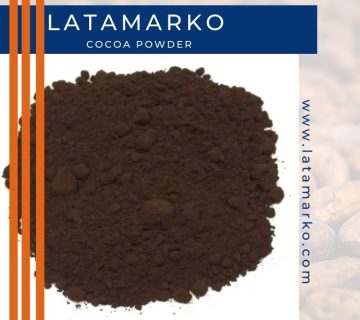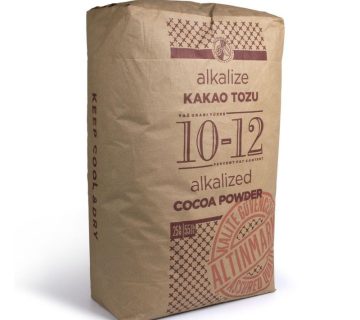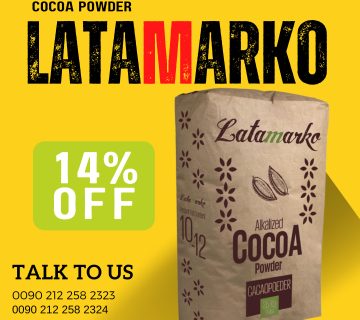What is Food Grade Glycerin?
Food grade glycerin, also known as glycerol, is a clear, odorless, and sweet-tasting liquid used in various food and beverage applications. It is derived from either vegetable oils or animal fats through a process known as hydrolysis or saponification. Food grade glycerin is approved for use as a food additive and is often employed for its moisturizing, sweetening, and preserving properties. It is classified as generally recognized as safe (GRAS) by the U.S. Food and Drug Administration (FDA) and is commonly found in a wide range of products, including baked goods, candies, beverages, and dietary supplements.

What Can I Use Instead of Food Grade Glycerin?
If you need a substitute for food grade glycerin in recipes or products, consider the following options:
- Corn Syrup: Offers a similar sweetness and consistency.
- Honey: Provides moisture and sweetness but has a distinct flavor.
- Maple Syrup: Another sweet alternative with a unique taste.
- Vegetable Oil: Can be used for moisture but lacks the sweetness of glycerin.
- Propylene Glycol: Often used in food products, though it has different properties and uses.
How Do You Make Food Grade Glycerin?
Food grade glycerin can be produced through a few methods, including:
- Hydrolysis of Fats and Oils: This involves breaking down fats or oils (like palm oil, soybean oil, or animal fats) into glycerin and fatty acids using water and heat.
- Saponification: This process involves mixing fats or oils with a strong alkali (like lye) to produce soap and glycerin.
- Transesterification: This method is commonly used in biodiesel production, where triglycerides are reacted with alcohol (usually methanol) to produce glycerin and biodiesel.
The crude glycerin produced from these processes is then refined to remove impurities and achieve food grade quality.
What Are the Benefits of Glycerin in Food?
- Moisturizing Agent: Helps retain moisture in foods, preventing them from drying out.
- Sweetener: Provides a sweet taste without significantly affecting blood sugar levels, making it suitable for diabetic-friendly products.
- Preservative: Extends the shelf life of food products by reducing water activity, which inhibits the growth of microorganisms.
- Solvent: Dissolves flavors and colors, ensuring uniform distribution in food products.
- Texture Enhancer: Improves the texture and mouthfeel of various food items.
Why Avoid Glycerin?
While glycerin is generally safe for consumption, there are a few reasons some people might avoid it:
- Allergies: Individuals allergic to glycerin or its sources (e.g., soy, palm) should avoid it.
- Digestive Issues: Excessive consumption of glycerin can cause digestive discomfort, including gas and diarrhea.
- Vegan Concerns: Some glycerin is derived from animal fats, which is not suitable for vegans or vegetarians.
- Artificial Processing: Some consumers prefer to avoid highly processed additives, including glycerin.
What is Better Than Glycerin?
The suitability of alternatives to glycerin depends on the specific application and desired properties:
- Hyaluronic Acid: In cosmetic applications, hyaluronic acid can be a superior moisturizer compared to glycerin.
- Aloe Vera Gel: Often preferred in natural and organic formulations for its soothing and moisturizing properties.
- Natural Oils (e.g., Coconut Oil, Olive Oil): Provide moisturizing benefits and are often preferred in food and cosmetic products for their natural origin and additional nutrients.
- Propylene Glycol: In some industrial applications, it can perform better than glycerin due to its lower viscosity and higher solubility.
Each alternative has its pros and cons, so the choice depends on the specific requirements of the product being formulated.

Why Choose MT Royal for Investment and Trade with Türkiye?
Expanding Product Portfolio in Food Industry Raw Materials
Wholesale sales of demineralized whey powder in Türkiye






No comment